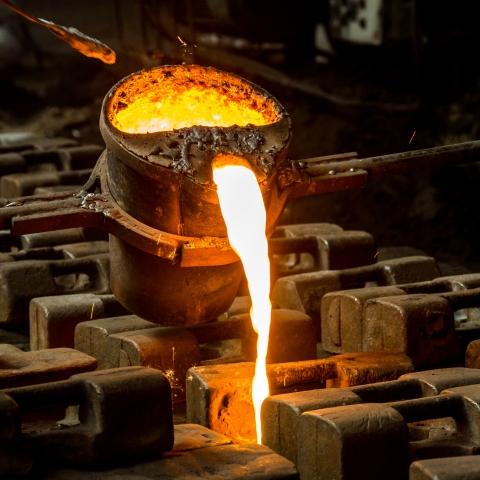Casting manufacturing is a versatile process that plays a pivotal role in creating complex and intricate metal components for various industries. Whether you're a seasoned professional or a novice in the field, this guide aims to provide a comprehensive overview of casting manufacturing, covering essential techniques, materials, and best practices to achieve excellence in precision casting.
Key Components of Casting Manufacturing:
-
Selection of Materials: The first step in casting manufacturing is choosing the right material for your specific application. Metals such as aluminum, iron, steel, and copper alloys are commonly used. The material's properties, including strength, durability, and thermal conductivity, must align with the intended purpose of the final product.
-
Pattern Making: Creating an accurate and high-quality pattern is crucial for successful casting. Patterns serve as templates for the final product, and precision in pattern making directly influences the casting's integrity. Utilize advanced technologies like 3D printing or CNC machining for intricate patterns.
-
Mold Preparation: Molds are crafted to replicate the shape of the pattern during the casting process. Pay meticulous attention to mold design and material selection, considering factors such as thermal expansion and contraction to prevent defects in the final product. Green sand, investment, and die casting molds are common options, each with its unique advantages.
-
Melting and Pouring: Achieving the correct metal temperature is critical for successful casting. Employ advanced furnaces and melting techniques to ensure a homogenous molten metal. Proper pouring techniques help prevent air entrapment and ensure the molten metal fills the mold cavity completely.
-
Cooling and Solidification: Controlled cooling rates are essential to prevent defects like shrinkage and porosity. Implementing sophisticated cooling systems and monitoring devices helps achieve uniform solidification, enhancing the overall quality of the casted component.
-
Finishing and Quality Control: Post-casting, meticulous finishing processes, such as grinding, machining, and surface treatments, are applied to meet the desired specifications. Implement rigorous quality control measures at every stage to identify and rectify any defects, ensuring the final product meets the highest standards.
-
Innovation and Continuous Improvement: Embrace technological advancements and continuous improvement methodologies to stay ahead in the casting manufacturing industry. Explore innovations such as digital twin simulations, predictive analytics, and automation to enhance efficiency and accuracy in the production process.
Conclusion:
Mastering casting manufacturing requires a combination of technical expertise, attention to detail, and a commitment to continuous improvement. By following the guidelines outlined in this comprehensive guide, you can elevate your casting processes to achieve precision and excellence in the production of high-quality metal components.


